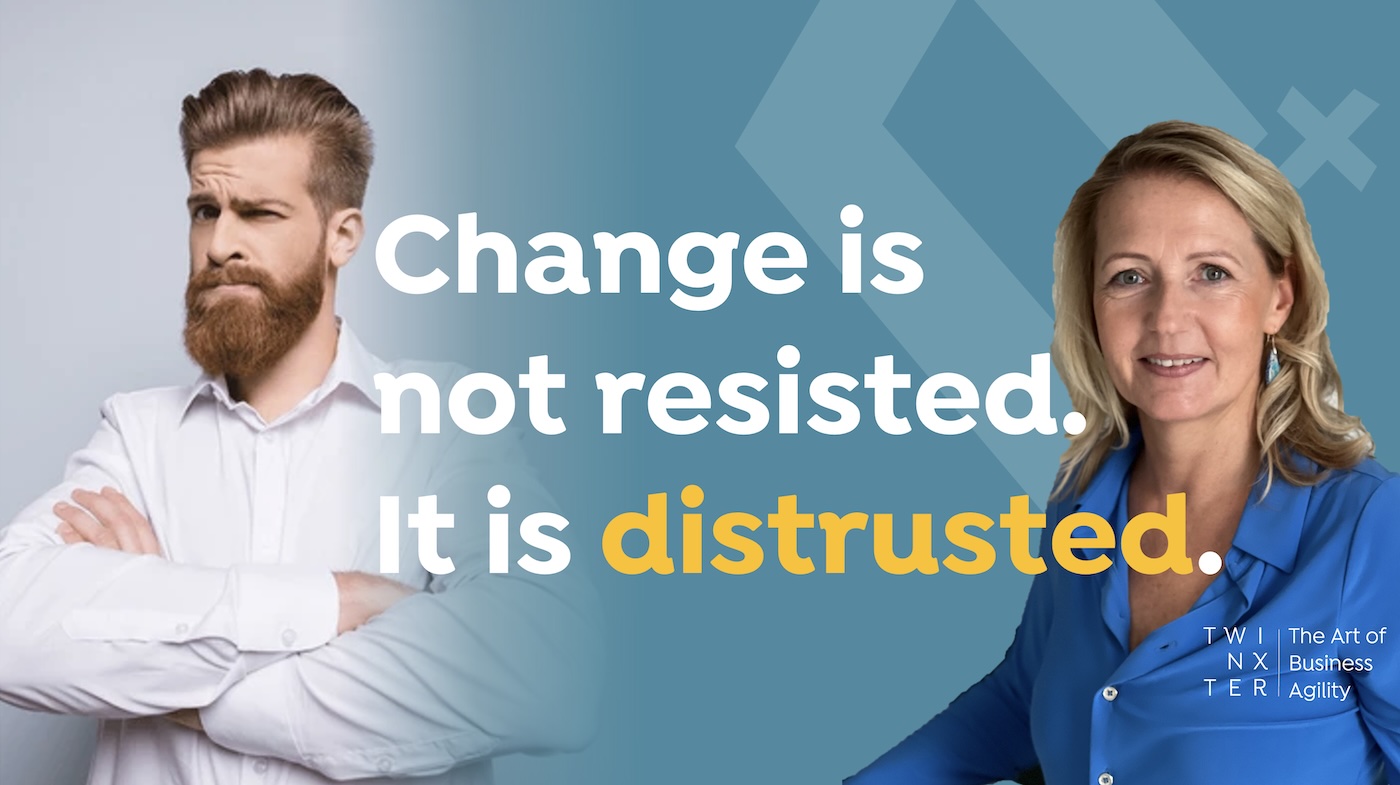Mar06

In the rapidly evolving landscape of urban development and sustainability, the role of digital transformation in enhancing building efficiency and reducing carbon footprints cannot be overstated. A recent discussion I had with Rahul Chillar, Head of Building X at Siemens Smart Infrastructure, on the Climate Confident podcast, shed light on the revolutionary potential of open digital platforms like Building X in steering this transformation.
Buildings are at the heart of our fight against climate change. They account for approximately 34% of global energy use and 37% of global greenhouse gas emissions, according to the United Nations Environment Programme. The urgency to address these figures is clear, especially as urban populations continue to grow, expected to double by 2050. The path towards sustainable urban living lies in our ability to innovate and leverage technology to make our buildings smarter and more efficient.
Open platforms such as Building X represents a leap forward in this regard. They represent a paradigm shift towards digital platforms that enable the development and integration of various applications to enhance building operations. This approach allows for the collection and analysis of data across different systems within a building, from energy consumption to occupancy patterns, thereby enabling more informed decision-making and optimization of resources.
The importance of open platforms lies in their ability to foster innovation and collaboration. By allowing developers to build upon these platforms, we can create a suite of applications tailored to address specific challenges, from energy management to air quality monitoring. This ecosystem of apps enhances the platform's capabilities and, by extension, its impact on sustainability and efficiency.
For instance, an application developed on an open platform can use real-time data to adjust heating, ventilation, and air conditioning (HVAC) systems according to occupancy levels, significantly reducing energy consumption without compromising comfort. This is not a hypothetical scenario; similar technologies have already led to energy savings of 30-50% in commercial buildings, as reported by the American Council for an Energy-Efficient Economy [PDF].
Moreover, the financial argument for digital transformation in buildings is compelling. The Global Alliance for Buildings and Construction notes that green buildings can lead to significant operational savings, with an average reduction in energy use of 50% or more for certified green buildings. In a world where the cost of inaction on climate change is becoming increasingly evident, investments in technologies like Building X offer a clear path to profitability and sustainability.
The transition to smart, efficient buildings is not just a matter of technological capability but a strategic imperative. As we look towards 2030 and the goals set out in the Paris Agreement, the integration of digital transformation strategies into our building infrastructure is crucial. Open platforms like Building X pave the way for this transition, offering scalable solutions that can adapt to the evolving demands of sustainability and urban development.
If you're keen to delve deeper into how digital transformation can revolutionise building efficiency and contribute to our collective sustainability goals, I encourage you to listen to the full episode of the Climate Confident podcast with Rahul Chillar. Together, we can explore the innovative strategies and technologies shaping the future of our urban landscapes.
For more insights and discussions on sustainability and technology, follow the Climate Confident podcast and join our journey towards a more sustainable future.
The journey towards sustainable urban living is a collaborative effort, and every step towards energy-efficient buildings is a stride towards mitigating climate change. Let's embrace open digital platforms and the innovation they foster, for they hold the key to transforming our buildings and, by extension, our world.
This blog post was first published on TomRaftery.com
By Tom Raftery
Keywords: Digital Transformation, Smart Cities, Sustainability
 The Corix Partners Friday Reading List - November 7, 2025
The Corix Partners Friday Reading List - November 7, 2025 The Trust Deficit in Change Programmes
The Trust Deficit in Change Programmes Management of Portfolio complexity a key to Supply Chain responsiveness
Management of Portfolio complexity a key to Supply Chain responsiveness Who Revolves Around Your Ambitions? Time to Find Out.
Who Revolves Around Your Ambitions? Time to Find Out. Raising Prices with Confidence - Why Your Mindset Matters More Than Your Script
Raising Prices with Confidence - Why Your Mindset Matters More Than Your Script